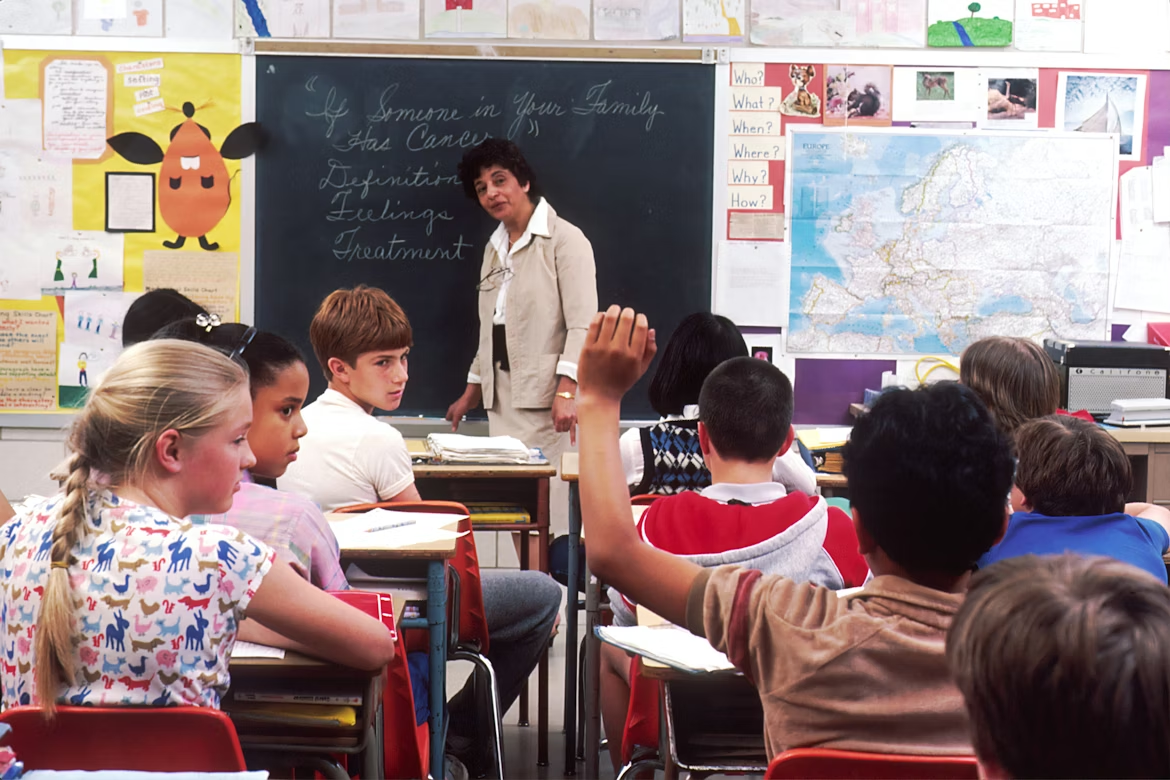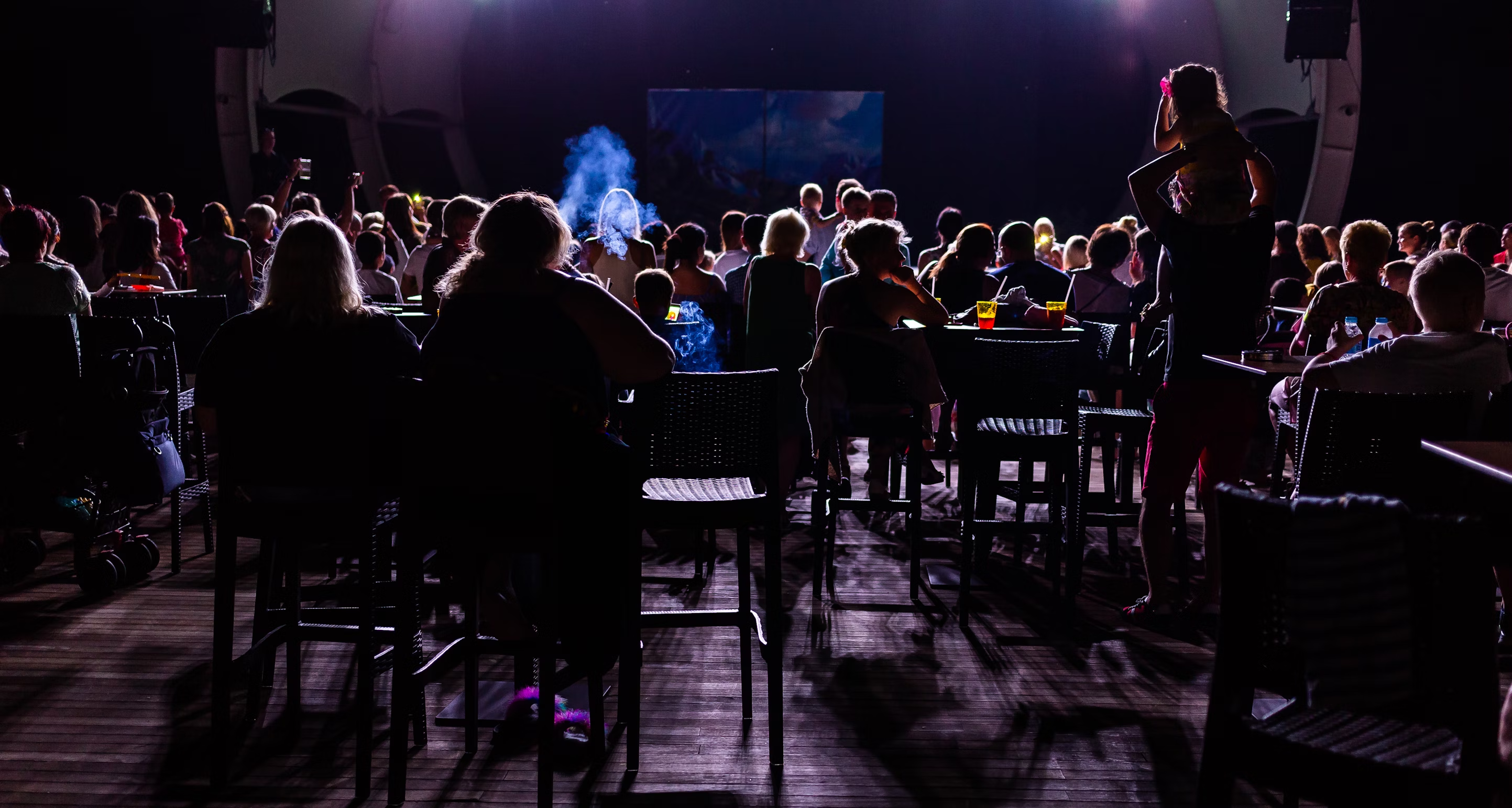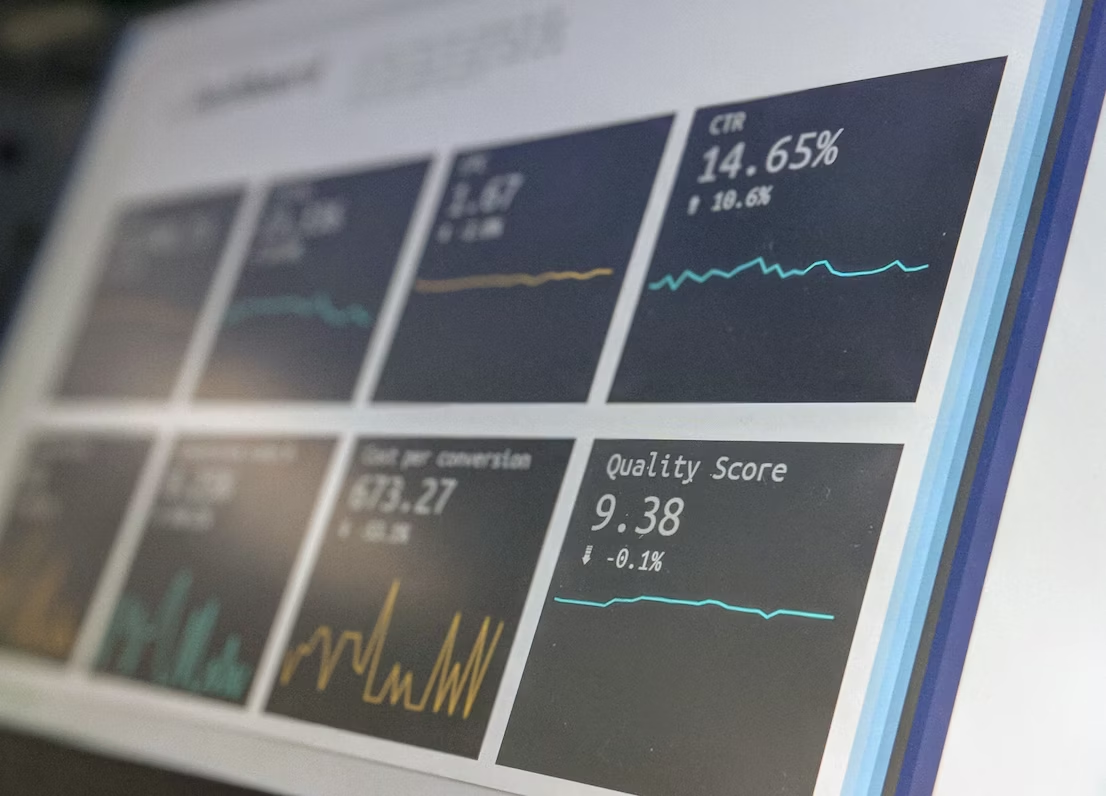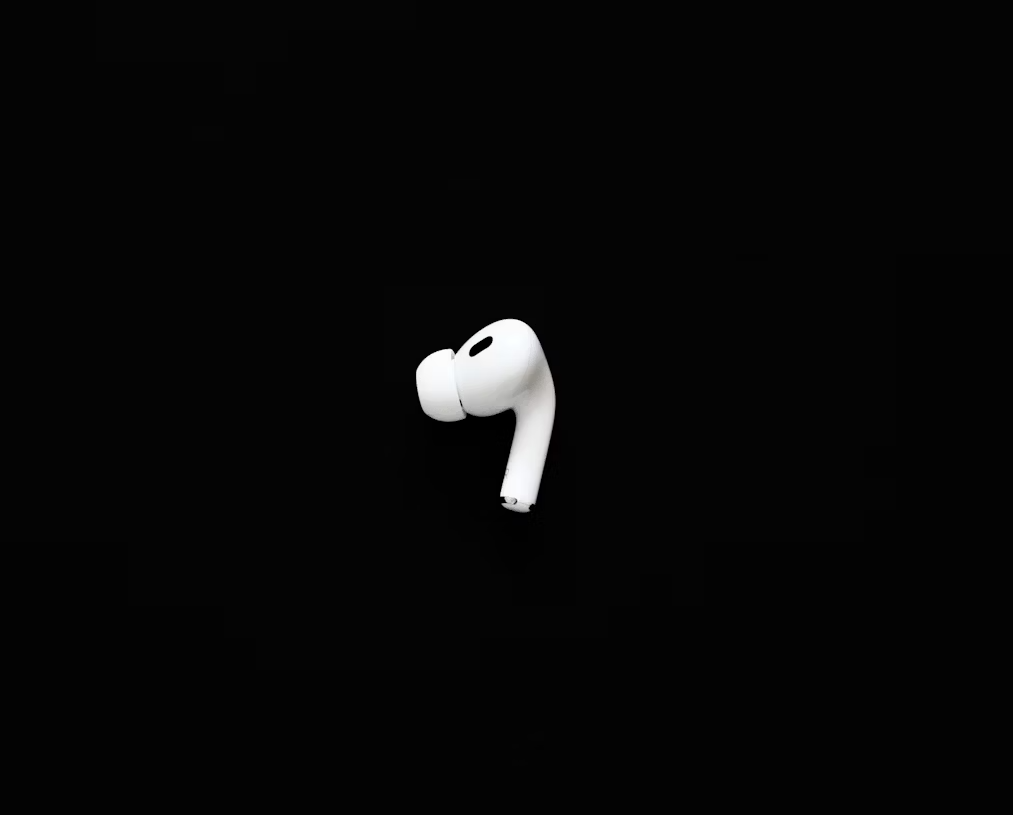Introduction to Technical Theater
Technical theater refers to the behind-the-scenes elements that bring a theatrical production to life onstage. It encompasses many creative and technical areas including stage lighting, sound design, set design and construction, costumes, props, rigging, and stage management. The technical director oversees the execution of the creative team's designs and manages the technical crew and workflow.
The goal of technical theater is to support the overall artistic vision of a production through technical elements that enhance the storytelling and audience experience. Skilled technical theater artists and technicians work collaboratively with the director, designers, and performers to translate the script into a fully realized world on stage. Their work helps transport the audience into the world of the play.
Technical theater requires specialized knowledge, skills, and equipment. Key technical roles include lighting designers who plan the lighting looks and execute the cues during the show, sound engineers who set up and run microphones and audio equipment, set designers and builders who create the physical scenery and backdrops, prop masters who find and maintain all handheld items, costumers who make and alter costumes, and stage managers who oversee all technical aspects and coordinate backstage activity during performances.
The technical elements come together during intensive technical rehearsals leading up to opening night. Cues are refined, scene changes are practiced, and technical elements are integrated with the acting to create a cohesive live performance. While the audience may not realize it, technical theater is essential for bringing the creative vision to life.

Stage Lighting
Stage lighting is a critically important technical element in theatre productions. Lighting design sets the mood, focuses audience attention, and enhances the emotions portrayed by the performers. There are various types of stage lighting instruments used in productions:
- Fresnel - A Fresnel lantern uses a Fresnel lens to wash the stage with soft-edged illumination. This creates general stage lighting.
- PAR - A PAR light uses a parabolic aluminized reflector to direct a beam of light. This focused beam is used for spotlighting specific areas.
- Ellipsoidal - Ellipsoidal reflector spotlights (ERS), or Lekos, are versatile stage lighting instruments that can project shaped beams using gobos or irises.
The process of lighting design begins with analyzing the script and meeting with the director to establish lighting concepts. The designer then creates light plots indicating the position, color, and types of lighting instruments. During technical rehearsals, the designer programs the lighting controller and sets cues that execute timed lighting changes to match the action on stage. Cues are refined throughout rehearsals and can be triggered by the stage manager or automated.
Key developments in lighting technology include the limelight in the early 1800s using lime heated by an oxyhydrogen flame, arc lighting with carbon electrodes in the late 1800s, and incandescent lamps using tungsten filaments in the early 1900s.Modern LED lighting provides bright, energy-efficient sources for the latest lighting designs.

Sound Design
Sound design plays a critical role in modern theater productions. It involves the specification, acquisition, creation, and manipulation of audio elements including music, sound effects, reinforcement of actor voices, and more. The evolution of sound design has closely followed developments in recording and playback technology.
In the early days of theater, sound effects were limited to instruments and vocals provided live during the performance. The phonograph, developed in 1877, allowed recordings to be played back during shows. This opened new creative doors for sound effects and music in theater. The first known use of recorded sound came in 1897 when a phonograph was used offstage during a London play featuring horse hoofbeats.
The next major milestone was the development of magnetic tape recording in the 1930s. This provided greatly improved audio quality and allowed sounds to be layered and edited with precision. In the 1950s and 60s, innovations from the recording industry found their way into theatrical sound design through the use of multi-track mixers and better loudspeaker systems.
Today, sound designers rely on digital audio workstations and software to craft intricate soundscapes. Custom sound effects can be digitally synthesized or recorded in the field. The sound designer specifies speaker placement and routing to achieve ideal audio coverage and acoustics in the performance space. State-of-the-art digital mixing boards allow live manipulation and spatialization of sounds during shows.
Thoughtful sound design is crucial for realism, mood, emotion, and overall impact of the production. It can establish time period, locale, and context for the audience. From subtle background textures to dramatic punctuation of key moments, sound is an integral part of the theater experience.

Scenic Design
Scenic design, also known as set design, is the creation of theatrical, as well as film or television scenery. It involves developing the visual concept for a production and creating technical drawings that allow the scenic elements to be constructed. The scenic designer works closely with the director to establish the overall visual concept and apply it to all scenic elements.
Some key responsibilities of the scenic designer include:
- Designing the set environment - this includes creating a ground plan, models, painters elevations, and digital renderings to illustrate the overall design concept. The set must support the action of the production and work within the given performance space.
- Overseeing set construction - the scenic designer plans and oversees the construction of the set, scenic units, and scenic elements. This involves working with the technical director, carpenters, painters, and stagehands to build the design.
- Incorporating special effects - the set may incorporate special effects such as trap doors, rigging, elevators, smoke, fog, rain, snow etc. The scenic designer decides which effects help support the storytelling.
- Planning scene changes - the scenic design needs to accommodate smooth, efficient scene changes. The designer plans shift plots and works out technical cues for changes.
- Establishing the overall visual theme - the scenic design sets the mood, time period, and visual style. The color palette, textures, shapes, and stylistic choices should all coordinate.
- Using innovative concepts - scenic design continues to evolve with new materials and approaches. Designers find inspiration from various sources and aim to bring creativity to their concepts.
The scenic design is a crucial part of bringing the director's vision to life and transporting the audience into the world of the play. A thoughtfully conceived set design enhances the theatrical experience.
Costume Design
Costume design is a critical technical element in any theatrical production. The costumes must accurately reflect the time period, location, and style specified in the script, while allowing actors to comfortably perform their roles. Key aspects of costume design include:
- Costume construction - Costumes may be built from scratch, rented, or pulled from stock. Building costumes requires finding suitable fabrics, creating patterns, and expert sewing skills. Each costume is specifically fit to the actor. High quality construction allows the costumes to withstand multiple shows.
- Historical accuracy - For productions set in a particular historical time period, costumes must precisely match the fashions of that era. Extensive research is required to recreate period silhouettes, undergarments, accessories, hairstyles, and makeup. Authentic-looking costumes immediately transport the audience.
- Color palette - The costume designer selects colors that convey information about each character's personality, status, and relationships. Colors are also chosen to coordinate with the set and lighting designs. Bold, contrasting colors may signify conflict, while harmonious hues represent unity.
- Quick changes - Complex productions may require quick costume changes, with only seconds backstage for actors to transform into an entirely new look. Costumes are designed for easy on and off, with features like tear-away pieces and hook & eye fasteners. Dressers assist with rapid quick changes.
- Costume plots - Detailed charts show the schedule of each character's costume changes, including which items go on and off at what point in the script. This ensures the correct costumes are preset for smooth quick changes. Thorough costume plots are essential for complex shows.
For an insightful breakdown of costume design processes and techniques, see this article. Costumes ultimately allow actors to fully inhabit their roles while bringing the production vision to life for the audience.
Props
Props, short for properties, are movable objects used by actors during a theatrical production. Props cover a wide range of objects like furniture, weapons, food, and anything else actors interact with on stage. Props help convey the setting, time period, and personality of characters. There are many categories of props:
- Hand props are small objects characters carry and interact with, like books, phones, and flashlights. Hand props give actors something to do with their hands and props to work with.
- Personal props are items intimately tied to a character like glasses, pipes, jewelry, purses, and canes. Personal props help define characters.
- Costume props are items that are part of an actor's costume like clips, belts, hair accessories, and armor. Costume props complement the costumes.
- Set props help dress the set like framed photos, lamps, books, dishes, and artwork. Set props bring the stage setting to life.
- Set dressing refers to larger set decoration like furniture, drapes, area rugs, and windows. Set dressing rounds out the environment.
- Consumables are edible props that can be eaten on stage like food and drinks. Managing consumable props presents unique challenges.
- Special effects props create special effects like wind, rain, smoke, and explosions. They help create an immersive atmosphere.
Prop tables with labels help organize all props for quick identification and access during shows. Tracking props usage during rehearsals helps anticipate needs. Many props need to be custom made by prop builders to match the production's unique needs. Renting prop kits from prop supply vendors provides cost-effective options for many standard props. Props require special care like securing weapons and flameproofing candles. Overall, props help connect the worlds of the play and the production.
Rigging
Rigging plays a critical role in the technical aspects of theatre productions. There are several types of rigging systems used in theatre:
Fly Systems
Fly systems allow elements like backdrops, lights, scenery, and curtains to be raised and lowered from the fly space above the stage. They utilize a counterweight system that balances the weight of the scenic element. Operators "fly" elements in and out by manipulating a rope system from the fly gallery.
Counterweight Rigging
Counterweight rigging uses weights suspended by a rope and pulley system to provide balance for hanging scenery. As scenic elements are raised into the fly space, the counterweights descend providing a counterforce. This type of rigging requires regular maintenance and inspection for safety.
Hemp Systems
Hemp systems are a traditional form of rigging using ropes made of hemp. They operate similar to counterweight systems but require more manual effort from the operators. Hemp rigging has largely been replaced by counterweight systems in modern theatre.
Motorized Rigging
Some modern rigging utilizes motorized winches to raise and lower scenic elements. This enables more precise control and automation. Safety features are built-in to prevent uncontrolled movement in case of power failure.
Safety Procedures
Rigging systems require extensive safety procedures to prevent accidents and injuries. Some key guidelines include [4]:
- Inspection and certification of all rigging equipment
- Proper counterbalancing of loads
- Training and supervision of rigging operators
- Following manufacturer specifications for equipment
- Restricting access under loads by performers and staff
- Implementing adequate communication procedures
- Rigging safety policies and procedures enforced by theatre leadership
Rigging accidents have the potential to cause serious or fatal injuries. However, following rigorous safety protocols helps mitigate risks and protect performers and staff.
Stage Management
Stage managers play a critical role in the technical theater process by overseeing and coordinating all the technical elements of a production. They supervise the execution of all tech elements during performances to ensure shows run smoothly.
The stage manager creates a prompt book which contains all production information including lighting and sound cues, scene changes, prop placement, etc. They use this to "call" all the technical cues during performances and rehearsals by giving verbal standby and execute commands to tech crews over headset. Calling cues with precision timing is an essential duty. As described in Stage Manager 101: Who We Are & Why We're Important, "A stage manager takes that vision and helps bring it to life in a technical sense. They add their technical point of view while keeping things organized and on track."
In addition to calling cues, stage managers facilitate communication between all the production departments, coordinate schedules, organize rehearsals, and document the entire process from conception to final performance. They act as the director's right hand in making sure the production stays true to the original vision while running smoothly. The stage manager must have extensive knowledge of all technical elements to effectively manage and integrate lighting, sound, set changes, props, and special effects. Strong leadership and organizational skills are essential to coordinate the production team and troubleshoot any issues.
Special Effects
Special effects play an important role in technical theater by enhancing the dramatic and visual impact of a production. While early theatrical effects relied on simple techniques like trap doors and pulley systems, the evolution of special effects has been driven by technological advancements that allow for more elaborate illusions. Some common practical effects used in modern theater include:
Rain and water effects - There are various techniques to create the illusion of rain on stage, from simple sprinkler systems to more complex effects using falling silk with LED lighting. Devices like the Rain Curtain allow for controlled rainfall in a specific area without getting performers wet.
Smoke and fog - Theatrical fog machines are used to create mist and smoke effects on stage. Low-lying fog can create an eerie atmosphere, while carefully timed smoke bursts can simulate explosions or other dramatic moments.
Pyrotechnics - Flames, fireworks, gunpowder explosions and other pyrotechnic effects are tightly controlled but deliver excitement and energy when used appropriately. Safety is paramount when incorporating pyrotechnics into a production.
Flying effects - Fly systems with automated rigging allow actors and objects to "fly" through the air, simulating everything from Peter Pan's flights to witches on broomsticks. This requires close coordination between the fly operator and performers.
Advanced computerized automation and digital projection techniques have also expanded the possibilities for illusions and special effects on the modern stage. When used creatively, these technical elements can transform a production into a truly magical theatrical experience.
Automation
Automation refers to motorized scenery, systems, and equipment used in technical theater to move set pieces, props, and special effects during a performance. Automation has allowed theater productions to incorporate dynamic and intricate scenic transitions that were not previously possible with manual stage crew alone. Some common examples of automation include:
- Turntables - Large revolving platforms built into the stage floor that can rotate scenic elements for transitions. Turntables allow different sides of a set to be revealed during a scene change.
- Wagons - Mobile platforms on wheels or tracks that can be moved on and off stage. Wagons make it easy to move large or heavy set pieces smoothly between scenes.
- Stage Lifts - Hydraulic lifts mounted to the stage floor or in traps that can raise and lower platforms or entire sections of the set. Lifts enable vertical scene changes and magical appearances/disappearances of characters and set elements.
- Flying systems - Motors and rigging that allow backdrops, props, lights and scenery to be lifted and flown in and out from above the stage. This adds height and verticality to scene changes.
- Motion control - Computerized control systems that operate and synchronize all automation equipment via encoded cues. This provides precise repeatability of sometimes extremely complex mechanized scenery movement.
Theatrical automation has transformed stagecraft and made once impossible scene changes, transitions and special effects achievable. However, it requires significant technical design, equipment costs and trained operators. When executed properly, automation can greatly enhance a live performance through dynamic and "magical" scenic movement.
Projection Design
Projection design has become an increasingly important technical element in modern theater productions over the past couple of decades. Powerful video projectors and media servers allow designers to cover the stage and set elements with imagery, video, and interactive effects to greatly enhance the visual storytelling.
Some key aspects of projection design in theater include:
- Projectors - Most projection design uses high-powered video projectors positioned in various locations around the theater to cover the stage and sets with projected images and video. Christie and Panasonic are popular brands used on Broadway. Determining projector placement is crucial.
- Media Servers - Media servers store and play back the projection content and handle the mapping to the irregular surfaces of sets and stages. Watchout and Disguise are commonly used media servers.
- Projection Surfaces - The sets, stage, and backdrops act as the projection surface. Content is mapped and oriented to conform to these surfaces. Scrims and cycs work well as semi-transparent projection surfaces.
- Mapping - Precisely mapping the visual content to the contours and dimensions of the projection surfaces is vital for an integrated effect. This allows projections to wrap around 3D set pieces.
- Interactivity - Motion sensors and cameras can allow for interactive projection effects triggered by the actors' movements. This can help integrate projections into the dramatic action onstage.
When used creatively, projections can transform the entire visual environment and add dynamic imagery and video effects to enhance the storytelling. Audiences have come to expect cutting-edge integration of projections into modern theater.
Health and Safety
Health and safety is of paramount importance in technical theatre. There are many potential hazards that need to be properly managed.
Some key safety regulations and procedures in technical theater include:
- Rigorous equipment checks and maintenance. All equipment like rigging, lighting, sound, etc. should be regularly inspected and tested to ensure it is in safe working condition as per the manufacturer guidelines. Faulty equipment can pose both fire and fall hazards.
- Fireproofing of scenery and soft goods. All set pieces, curtains, etc. on stage need to be treated with fire retardant chemicals to reduce flammability.
- Organizing fire drills and emergency evacuation procedure. The crew needs to practice swift evacuation in case of fire or other emergencies. Proper signage and lighting to mark emergency exits is critical.
- Safe handling and storage of pyrotechnics/hazers. Special licenses and protocols are required for smoke and fire effects. These need to be safely locked away when not in use.
- Training in equipment use and safety principles. Technicians need to be well-versed in safe practices for lighting, rigging, scene shop tools, etc. through proper training.
- Using protective gear like harnesses, gloves, ear plugs. These mitigate risks from falls, noise, handling heavy equipment etc.
- Policies on work hours and breaks. Long hours increase likelihood of accidents due to fatigue. Reasonable schedules and rest breaks help concentration and alertness.
With vigilance and common sense, crew can significantly reduce accidents and injuries in technical theatre work. Safety should always come first in any production.
Technical Rehearsals
Technical rehearsals are an essential part of putting together a theatre production. They allow the cast and crew to integrate all of the technical elements and run through the show in preparation for opening night.
The main goals of tech rehearsals are to:
- Focus the lighting design and make sure lighting cues are properly timed with the action on stage. The lighting designer will set light levels and program cues during these rehearsals.
- Conduct sound checks and notes. The sound designer will use tech rehearsals to balance sound levels, program sound effects and music cues, and take notes on any needed audio adjustments.
- Run cue-to-cue. The stage manager calls out lighting, sound, and any other cues in order as the cast performs short sections of the play. This allows the crew to practice executing all cues and transitions.
- Establish tech table. The stage manager, lighting designer, sound designer, and any other technical staff will sit together at the tech table to coordinate and call cues during rehearsals and performances
- Hold dress rehearsals. Towards the end of tech week, full dress rehearsals are run with costumes, props, full tech elements, and sometimes makeup to resemble actual show conditions.
Proper technical rehearsals are crucial for working out all the kinks and getting the cast and crew performance-ready before opening night. They require coordination between directors, designers, stage management, and performers to execute a smooth production.
Technical Director
The technical director (TD) oversees all of the technical departments of a theater, including scenery, lighting, sound, costumes, props, and stage operations. They are responsible for budgeting, scheduling, and coordinating the workflow of the technical aspects of productions.
The TD acts as project manager for productions. They create a budget for the show and allocate resources across the technical departments. They also create a master calendar and production schedule. The TD breaks down the designs into discrete tasks, estimates labor and materials costs, and schedules everything in a way that allows all the pieces to come together by opening night.
During the production period, the TD facilitates communication and problem-solving across teams. If issues come up with builds, schedules or budgets, the TD is responsible for finding solutions. They need strong technical knowledge, communication and management skills. TDs are creative problem solvers who can think on their feet when emergencies arise backstage.
The TD supervises the shop staff and is responsible for facility and equipment maintenance. They ensure all technical work is done according to best practices and in compliance with health and safety regulations. Many TDs also oversee the recruitment and hiring of technicians and artisans.
Overall, the technical director is the behind-the-scenes leader who enables the magic of live theater to happen onstage every night. They are jacks-of-all-trades who understand all the components that go into a live production and make sure everything comes together seamlessly.
Conclusion
Technical theater encompasses a wide range of elements that are critical to the success of any theatrical production. From lighting and sound, to costumes and props, to rigging and stage management, the technical aspects work hand-in-hand with the performance elements to create the overall audience experience. As this article has shown, technical theater requires extensive planning, specialized equipment, and trained personnel.
The technical director acts as the head of the production team, overseeing and coordinating all the technical elements. They work closely with the director to translate their vision into reality within the parameters of the performance space and budget. The technical rehearsals are vital for integrating all aspects of lighting, sound, staging, etc, and troubleshooting any issues before the live performances.
It's clear that technical theater, though often working behind the scenes, is an indispensable part of any live production. The creativity and innovation of designers, paired with a deep understanding of equipment and best practices by technicians, allows performances to come to life on stage. As technology continues advancing, it will open up new possibilities in scenic design, automation, projection, and more. The future of technical theater is bright, as emerging tools empower productions and engage audiences in new ways. But regardless of the technology used, the core artistic craft of technical theater will remain integral to the magic of live performance.









